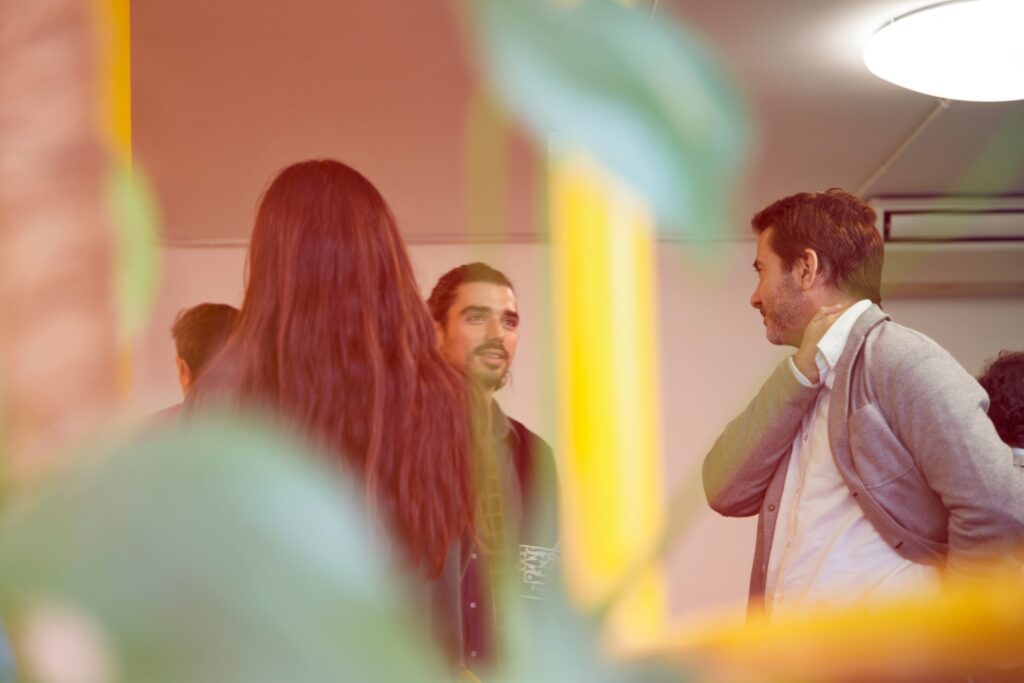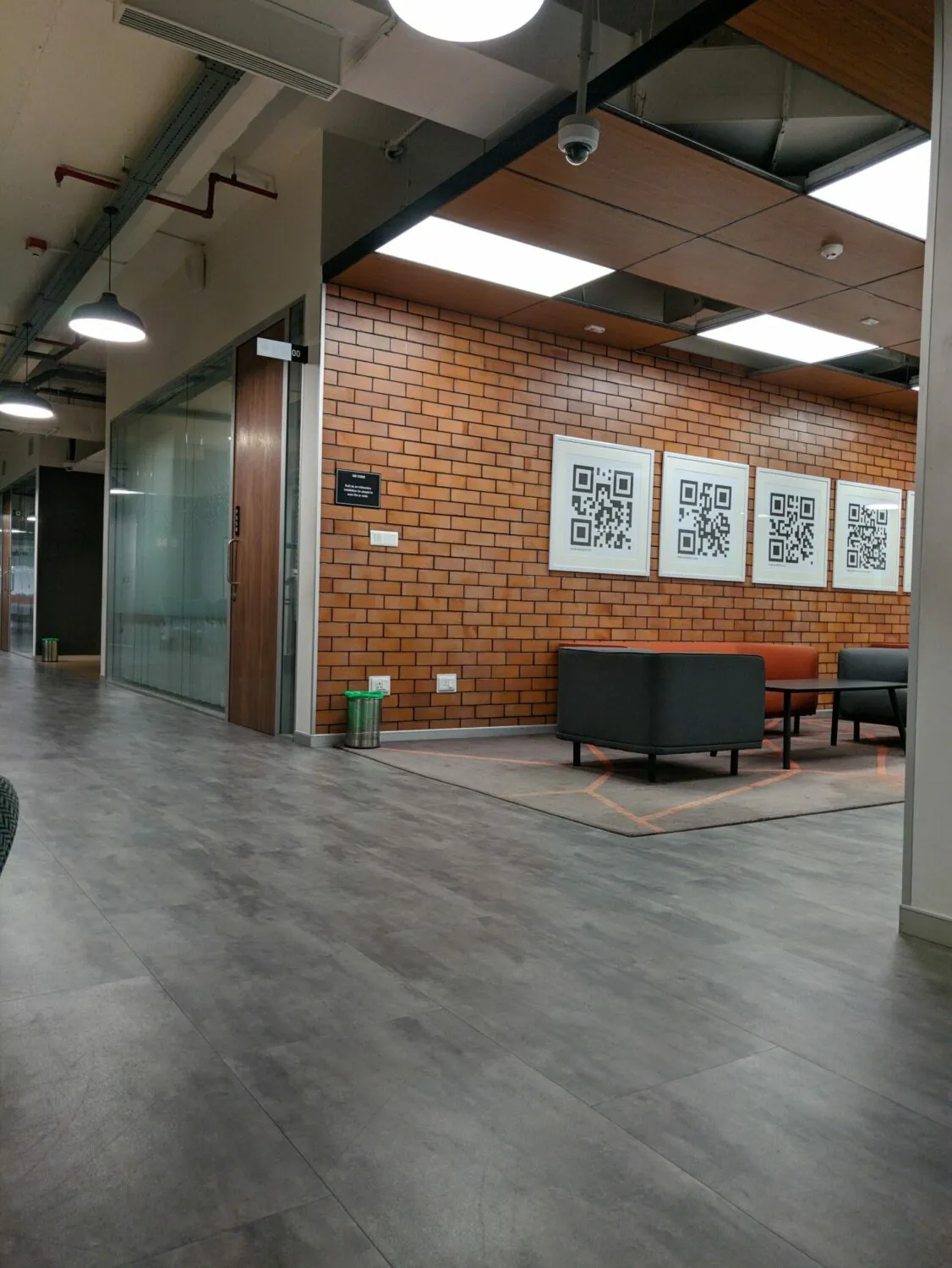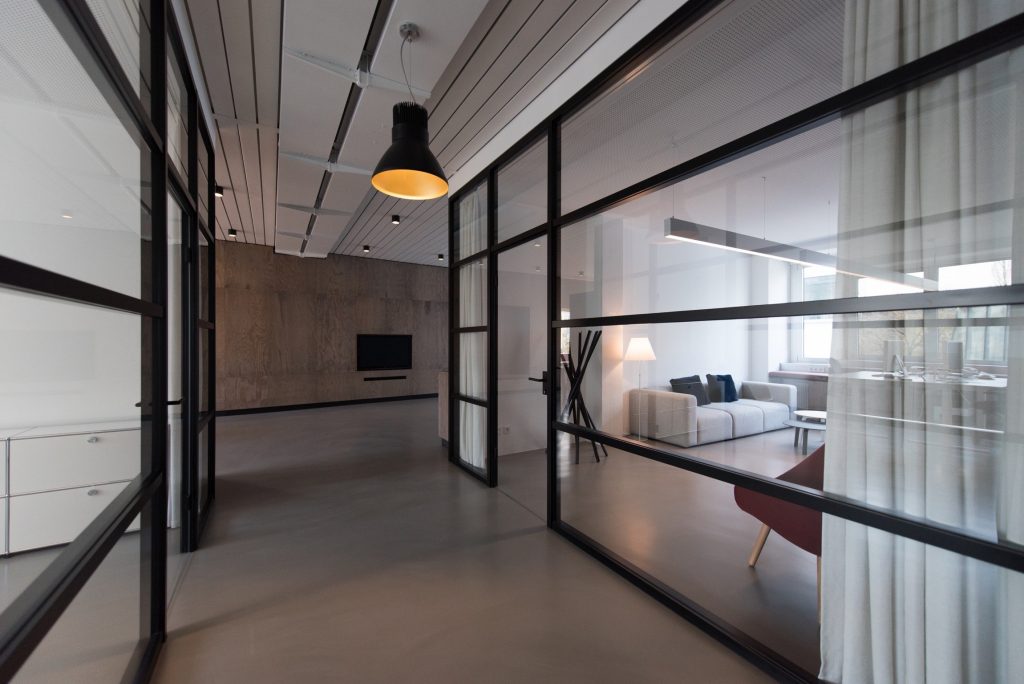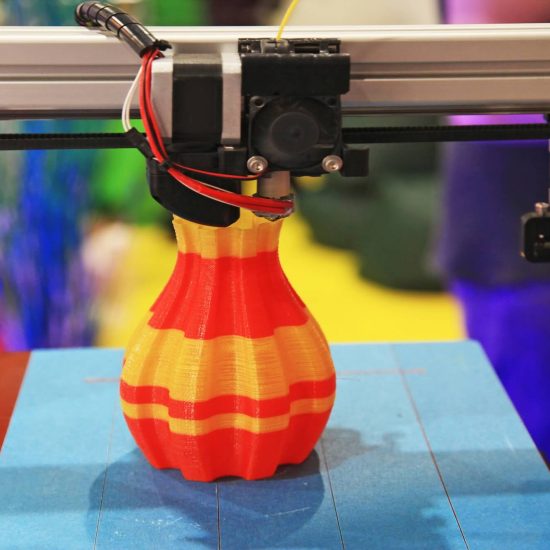Identifying the need
The first step in the process is identifying the need for your exhibition stand. It’s essential to understand your business goals clearly and how exhibiting aligns with them. For example, are you launching a new product, aiming to increase brand awareness or looking to generate leads?
Identifying the target audience is another crucial aspect. Knowing who you want to attract will influence many decisions down the line. Clarify your objectives for participating in exhibitions as this will influence the entire strategy and design of your stand.
If you’re looking for a rationale behind establishing a stand, have a read of our comprehensive guide – “10 reasons why your business needs an exhibition stand”. These benefits add up to more than the sum of their parts when you place exhibiting at the heart of a marketing campaign.
Budgeting
Budgeting is a cornerstone of exhibition planning. Start by estimating the initial costs, taking into account the stand itself, marketing materials, travel and accommodation for staff. It’s all too easy to underestimate expenses. Many businesses see the cost of the design and build of the stand as the most significant cost, when over its lifespan, it’s these other costs that add up.
Don’t forget to include expenditure for promotional items and technology such as screens or tablets. It’s wise to set aside a contingency fund for unforeseen expenses, ensuring there are no last-minute financial surprises. A detailed budget keeps the project on track and helps in making informed decisions that keep you within your financial constraints.
Scoping potential venues
The types of venues you’ll be exhibiting at will play a part in the design. There’s an ever-growing list of places that are selling themselves as exhibition spaces. Gone are the days when various conference and exhibition centres were the only options. There’s a host of other genres now, from quirky repurposed spaces to outdoor venues. You’ll know which types of places suit your sector best, so think about how your stand will fit in (or stand out).
Research potential locations thoroughly, checking their reputation, facilities and services. Consider logistical factors, such as ease of access for visitors and availability of parking. Also, ensure that the venue supports the technical requirements of your stand, including electrical outlets and internet connectivity. By choosing the right venue, you optimise your chances of attracting the target audience and ensuring a profitable exhibition experience.
Competitor analysis
Understanding your competitors is another high-impact way of gaining a competitive edge. Conduct an analysis of competitors’ exhibition stands and their strategies. Note their strengths and weaknesses, paying attention to elements such as design, engagement techniques and promotional materials.
This will help you identify gaps in the market and opportunities for differentiation. But it will also give you pointers as to what might be considered “too much” in your industry. Use the information you glean to play to your own strengths and address potential weaknesses. This ensures that your stand resonates with visitors.
Case studies and examples
Real-world examples can inspire innovative ideas and help you to keep refining your approach, so learn from successful examples to provide valuable insights. Look for case studies of exceptional exhibition stands across various industries, analysing what made them effective. Examine elements such as design, engagement tactics and marketing strategies, and discuss the lessons learned and best practices that can be applied to your own exhibition stand planning.
Cost-benefit analysis
A cost-benefit analysis helps in evaluating whether the incomes generated by participating outweigh the outlay and ongoing costs involved. Weigh all potential benefits, such as increased brand exposure, lead generation and market positioning, against the expenses.
Calculate the expected return on investment (ROI) to provide a quantitative basis for your decision. This analysis ensures that you make an informed decision on how much you should aim to spend on your stand and its upkeep.
Designing for engagement
Designing for engagement transforms passive visitors into active participants. Incorporate interactive elements like touchscreens, VR, and AR to create an immersive experience – there’s no end to the ideas you might come up with if you brainstorm.
A welcoming atmosphere, achieved through seating areas and approachable staff, encourages visitors to linger. Effective branding elements, such as logos, colours and slogans, should be prominently displayed. Thoughtful layout considerations, including clear pathways and strategically placed highlights, enhance traffic flow and ensure visitors can easily navigate your stand.
Liaising with manufacturer
If you’ve fully assessed the kind of stand you need and how much you’re prepared to pay, the next stage is so much easier. This is when you’ll start putting the wheels in motion and getting the stand designed and built.
Start by researching and selecting a reputable stand manufacturer with a proven track record. Clearly communicate your vision, including the design, functionality and branding of your stand. Establish clear timelines and deadlines to ensure that the project stays on schedule. The more information you have to share, the better the final product will be.
Regular communication is key to resolving any issues swiftly and staying updated on the progress. A strong partnership with the manufacturer ensures that the final product aligns with your expectations and requirements.
Deciding on type of stand
Sometimes, clients will come to us knowing exactly what kind of stand they want, and it’s our job to meet their specifications. In such cases, this stage will naturally go before “liaising with the manufacturer”. However, it’s more normal for clients to have a decent idea of the stand they want, but need expert opinions on feasibility, budget and designs. It’s likely that several possible designs will satisfy these restraints. You might, therefore, be given several options to choose from.
Modular stands offer flexibility and can be reconfigured for different events, while single-use stands may be suitable for one-off exhibitions. Flexible stands can adapt to various spaces, making them a versatile choice. You might also need to decide between indoor and outdoor stands, considering the specific needs of the exhibition(s). Weigh the pros and cons of each type and align your choice with your strategic goals.
Sketches and mock-ups
Visual planning is essential in creating an effective exhibition stand. Start with initial sketches, outlining the basic layout and design elements. It can be done on paper, but using digital planning software, it’s easier to experiment with different layouts and footprints.
These mock-up sketches are invaluable for obtaining feedback from stakeholders and making necessary adjustments. By investing time in sketches and mock-ups, you can avoid costly changes during the production stage and ensure that the final product meets your expectations.
There’s no reason why you can’t make a three-dimensional model of the stand – it can give an extra layer of assuredness before you commit to the real thing. Again, this can be done digitally using 3D modelling software. This will allow you to explore and interact with the stand using virtual reality.
Training staff
Your exhibition stand’s success is not only dependent on the physical structure but also on the people manning it. Select the right team members who are knowledgeable, enthusiastic and capable of engaging visitors.
Provide comprehensive training, covering product knowledge, brand messaging and customer engagement techniques. That way, nothing will stump them under inquiries from visitors. Role-playing sessions can be effective in preparing staff for real-life interactions.
Ensure that everyone understands their responsibilities and is equipped to handle various scenarios. Well-trained staff are crucial to creating a positive and memorable experience for visitors, effectively representing your brand and achieving your exhibition goals.
Don’t overlook training on the physical side of the stand either. The relevant people need to know how to erect and dismantle it safely, so it can be used time and time again. It’s also useful for them to know about where power comes in, where all the lighting and technology power points are, and how to do some basic repairs and maintenance during the show.
Developing a marketing strategy
A robust marketing strategy is key to driving attendance and engagement at your stand. Pre-show marketing efforts should include creating buzz through social media campaigns, email marketing and press releases.
On the day of the exhibition, use live demonstrations, contests and interactive displays to drive and maintain visitor interest. A well-planned marketing strategy helps you maximise your exhibition stand’s potential.
Evaluating technology needs
The right technology can really enhance the impact of your exhibition stand. Once you know your goals, identify essential tech tools that can best deliver them, whether it’s for presentations, interactive displays or data collection. Audio-visual equipment and digital displays can help you make dynamic presentations, while lead tracking tools and CRMs ensure you capture visitor information efficiently.
Reliable internet connectivity is also crucial for smooth operation – check with venues beforehand to find out what the situation is. To mitigate against unreliable connectivity (which shouldn’t happen these days, but unfortunately does), have offline backups of things like price lists and other cloud-based marketing solutions.
Equipping the stand
Ensure you have enough brochures, product samples and promotional materials to give out to visitors. All materials should be branded and consistent with your messaging. Properly equipping your stand enhances visitor interaction and leaves a lasting impression.
Furniture should really be part of the overall plan, but it does fall under the “equipment” category. If you have a modular stand that varies from event to event, work out the best arrangement for furniture so you know what to take with you.
Sustainable exhibition practices
Adopting sustainable practices can set your brand apart and appeal to eco-conscious attendees. Use eco-friendly materials and construction methods for your stand. Minimise waste by opting for reusable or recyclable materials and reducing single-use plastics.
Energy-efficient technology not only lowers your carbon footprint but also reduces operational costs. Highlighting corporate social responsibility initiatives within your stand design and messaging can actually be good PR in some sectors.
Storage
Do you have space in your place of work to store the deconstructed stand between exhibitions? They can take up more space than you might expect, even when flat-packed. Furniture such as desks and display cabinets might theoretically be able to be deconstructed, but do you want to do this every time you exhibit?
If there’s no space in-house, book space at a professional storage company. Always check whether the unit will be accessible whenever you want – some businesses need notice, while others give you access 24/7/365.
Transport and construction at venue
A well-organised transport and construction process ensures that your stand is ready on time and functions as intended.
Plan transport logistics carefully, considering the size and weight of the stand and materials. Always check ahead to find out what the best place to park is, and whether the venue has trolleys or manpower to help you move your stand materials from the van to your designated space.
At the venue, ensure that the stand is set up efficiently and effectively, following the design specifications set out by its manufacturer and designer. There should be a specific order in which to construct everything, but be prepared to troubleshoot common issues during construction, such as missing components or technical problems.
Post-exhibition follow-up
Your work doesn’t end when the exhibition does. Conduct a debriefing with your team to compare performance with objectives. Gather and analyse feedback from both staff and visitors to identify strengths and areas for improvement.
If you’ve taken details, follow up with leads promptly while the event is still fresh in people’s memories. Maintaining contact with prospects helps in converting leads into customers and ensures long-term engagement.
90% planning, 10% initiative
Putting together an exhibition stand is a multifaceted process that needs meticulous planning and execution. By following the steps outlined in this guide, you can create a compelling and effective exhibition stand that meets your objectives and resonates with your target audience.
Just remember, exhibitions are dynamic events, and no amount of preparation can guarantee everything goes as planned. Train staff to think on their feet, and have a natural chain of command so that decisions can be made on the fly. After all, your exhibition might be in a different time zone to your office, or hundreds of miles away. It’s vital that staff feel empowered to make educated decisions when events veer away from the planned path. It’s all part of the fun of exhibiting!











































































